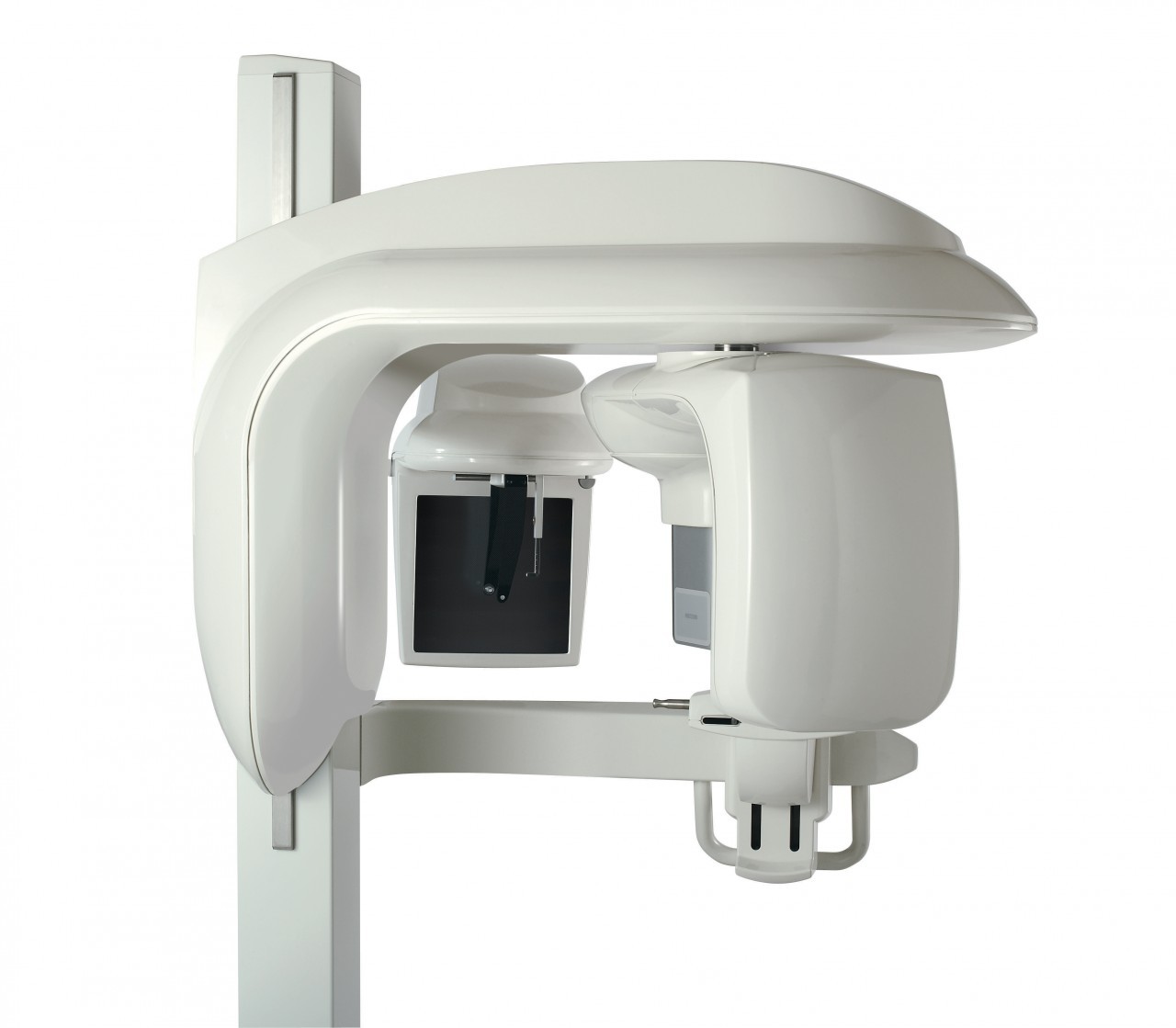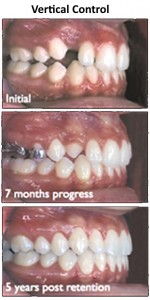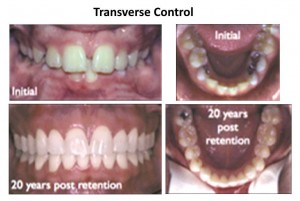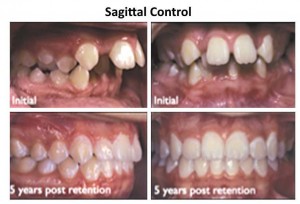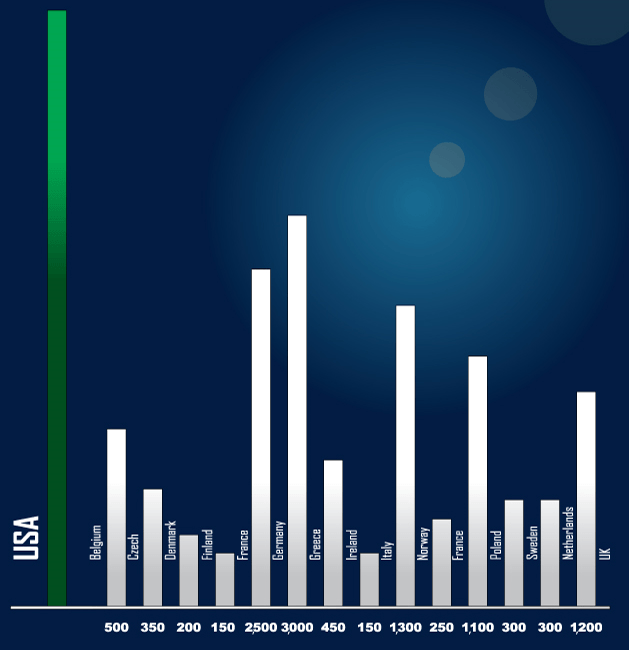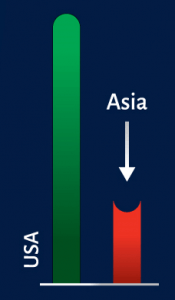Reticent Orthodontic Patients – What’s On Their Minds?

A consultation, a new referral, the elementary school child, the “whatever” teenager, the adult patient, what goes through their minds about orthodontics that they don’t vocalize to their practitioner for whatever reason.
What are the common concerns, worries and problems of these quiet and reticent orthodontic patients that may remain unspoken and lead to referral patients declining initial treatment, misunderstandings about adverse effects, unrealistic expectations or general poor patient rapport? It’s true that patients are seen over a period years, but with increased competition, auxiliaries performing more procedures and time management appointment philosophies limiting time to really talk to a patient, opportunities to initiate a real patient/doctor dialogue may be missed. There are numerous studies on healthcare patient interactions linking perceived “good” communication and positive trust issues ¹ as a major factor driving patient satisfaction, rather than other parameters of clinical treatment.
Reticent Orthodontic Patients – Great Expectations?
Informed consent is one of the primary standards of care in healthcare. Usual orthodontic consent and treatment plan discussions center around final cosmetic and functionality aspects, possible risks and limitations of treatment, special case considerations as well as patient responsibilities for ensuring optimum treatment.
Unfortunately, it is not unusual for patients to sign medical and dental consent forms as a matter of routine behavior without reading them, understanding them, or asking any questions. This occurs even after participating in treatment discussions and responding negatively when asking about any questions. This can result in later misunderstanding especially for those patients who feel that questioning a dentist is “inappropriate” or they subscribe to the “dentist/doctor knows best” philosophy.
Meeting Expectations
Areas where adults, teenagers, children and parents may have difficulties in articulating their concerns, communicating adequately, are embarrassed, socially awkward or a myriad of other reasons, fall into some common categories.
- Economic difficulties are a major concern of parents and adults undergoing treatment. Orthodontic treatment is a large investment of time and money. Many patients do worry about the cost and may be hesitant to reveal certain personal details concerning family finances e.g., whether they should delay treatment until they save enough money; will it be worth it and so on.
Making concrete, sympathetic and reasonable individualized payment arrangements helps to allay financial concerns, affect choosing an orthodontist and may open a dialogue making a difference in starting or rejecting treatment. A sub economic issue concerns transportation problems associated with taking children out of school, missing work, driving the child to appointments etc. Coordinating appointments as best as possible with individual patient situations allows them to voice their concerns rather than bottling them up. - Pain issues may not be brought up prior to treatment. Children may be afraid to ask. Orthodontic advertising tends to minimize any references to pain. Adults may “tough it out” without notifying the practitioner, but inwardly resent having pain. Being upfront, sympathetic and providing information on pain management encourages patients to be vocal about their pain so that this side effect of treatment is not “stuffed” and then comes out later as a misunderstanding.
- Appearance issues with braces have become less of a problem with orthodontics becoming more popular and accepted. Colored rubber bands, shaped brackets, ceramic materials and Invisalign treatment have minimized some of the “metal mouth” caricatures, especially for the child. However, bullying of children with braces can remain a problem ² and efforts on both the dentist and parent should be directed toward encouraging reporting of bullying.
- Speech and diet concerns become an issue when patients experience real problems giving up foods that are detrimental to braces. Some patients may also experience speech problems with some appliances i.e., palatal expansion devices. Patients should be encouraged to report problems with maintaining dietary restrictions and feel empowered by dental staff to verbally report problems and seek advice without fear of “rebuke”.
- Duration of treatment resentments may crop up at any point even though this parameter of treatment supposedly is universally understood as a core part of “having your teeth straightened”. Patients may grow tired of the length of treatment and lose their commitment to hygiene, internally complain and resent treatment. Rather than asking perfunctory questions like, “How are you doing?” or “Any questions?” and exiting the operatory for the next patient, a better approach may be to periodically take a few minutes and encourage the patient to talk about themselves and have a real conversation.
Some Psychology
A New York Times blog ³ with supporting research about the difficulties of speaking up at the medical doctor’s office readily reflects the same dynamics regarding the dental practitioner. There is a well-known dynamic where people may feel vulnerable or intimidated in a medical/dental setting. The prospect of speaking up, viewed as complaining, or asserting their views for some patients represents a possibility for negative consequences impacting their care.
This dynamic along with the ones listed under the heading above have resulted in various recommendations 4 to improve patient/practitioner communication.
L.A.S.T. is an acronym outlining a four-point list that might be used by busy orthodontists to help their patients feel better about “opening up” and lead to better patient rapport.
- Listen: Take a few extra minutes to really connect with patients.
- Apologize: “I’m sorry, next time let’s try and communicate better concerning your worries about your child being teased while wearing braces”.
- Speak: Encourage patients to speak their mind without fear of judgement.
- Thank: Let patients know you appreciate it when they are vocal about their concerns.
Busy orthodontists need as much time as possible to devote toward direct patient care and communication. Manual cephalometric analysis and tracing are time consuming and one area where extra time can be freed up for important communication aspects of practice management including more time understanding reticent orthodontic patients. Computerized cephalometric analysis now allows for multiple analyses and cloud storage within seconds.
References:
1: http://www.jyi.org/issue/trust-in-the-dentist-patient-relationship-a-review/
3: http://well.blogs.nytimes.com/2012/05/31/afraid-to-speak-up-at-the-doctors-office/?_r=0
4: http://www.nature.com/bdj/journal/v187/n5/full/4800251a.html
Discover the advantages of online cephalometric analysis in this area of patient care and more at Cephx.
For more information please contact info@cephx.com or 1-800-992-1499

